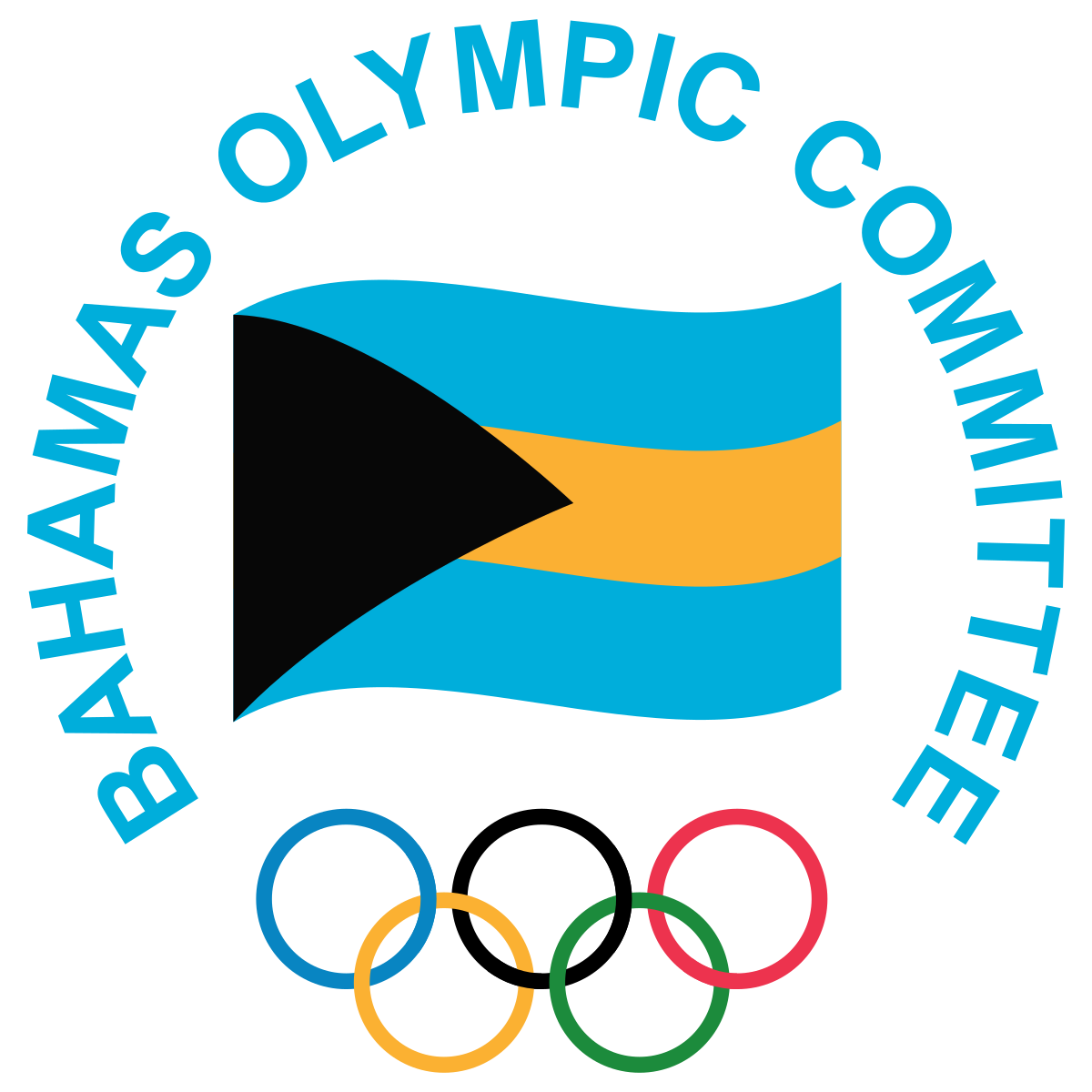A Closer Look at Bahamian Culture
The Bahamas is known for is striking beauty, with some of the world’s clearest waters and magnificent marine life. Tales of the country’s land and seascapes have been immortalized by writers such as Earnest Hemmingway, who once resided in the country, and even by astronauts such as Scott Kelly and Chris Hadfield, who blogged about how they marveled at the sight of the island nation from space.
But the country has a beauty that goes beyond sight. The heart of the country is its people, who have forged a culture that has become the soul of its islands. This culture is clearly seen in the music and dance of The Bahamas.
Junkanoo, the most popular festival music, is also an art form linked directly to the country’s former slaves. Many junkanoo experts maintain that on some of the few off days during the time of slavery in The Bahamas, slaves were allowed to celebrate with music and dance. They chose to do this with what we now know as junkanoo. They incorporated African drumming, decorated themselves with whatever materials they could find, and they paraded around their quarters. Today, junkanoo has grown into a sophisticated art form that includes music, dance and costuming. The largest junkanoo events are held on two days of the year – New Year’s Day and on Boxing Day, December 26th. The early morning festivities last until shortly after sunrise and organized groups of junkanoo participants spend about three quarters of each year preparing for these two days of junkanoo.
Rake ‘n Scrape, the most popular folk music of The Bahamas, derives its name from the rhythmic scraping sound that is the basis of its cadence. Like junkanoo, historians also trace the music back to African slaves and former slaves.
African slaves or their descendants in the islands slaves had no standard musical instruments to play. Instead, they converted work tools and everyday utility items into musical instruments. Tin tubs were used as drums, pebbles were placed in bottles to create shakers, and metal nails were raked across a carpenter’s saw to produce the rake ‘n scrape rhythm. Today, goatskin drums and electronic instruments have been added to rake ‘n scrape bands. However, the carpenter’s saw is often still included in the rake ‘n scrape band.
With the music, came dances. As with many other aspects of Bahamian culture, dances evolved as a fusion of African and European motion. The African inhabitants of The Bahamas began to adopt the quadrille, a dance they witnessed being enjoyed by the European settlers. Of course, the dances were modified to the African experience and taste. In the Bahamian context, the waltz, the heel and toe polka, and the round dance were used as the specific elements of the quadrille, but with African influences. Part of that influence was the use of makeshift instruments as the source of the music.
The Rake ‘n Scrape Festival, the largest celebration of traditional rake ‘n scrape, is held each year during the first weekend of June. However, rake ‘n scrape, junkanoo, and many other cultural forms are really celebrated throughout the year in festivals and in routine gatherings. The traditions are engrained in Bahamians, who are always eager to share the practices that have shaped who they are.
